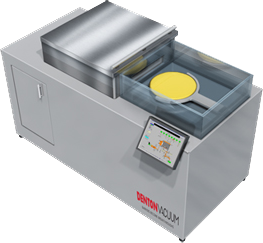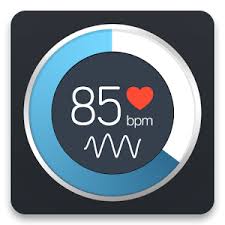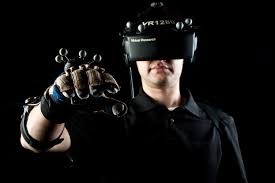Written by: Denton Vacuum, LLC
Summary: Magnetron technology consists of high voltage and ion bombardment to produce a quality film layer.
 This guide brings you the basics of understanding magnetron sputtering technology. Although it may seem like another ordinary form of PVD coating technology it possesses qualities and characteristics that other deposition methods lack.
This guide brings you the basics of understanding magnetron sputtering technology. Although it may seem like another ordinary form of PVD coating technology it possesses qualities and characteristics that other deposition methods lack.
The Basics
What exactly is magnetron sputtering technology? For one, it’s a physical vapor deposition coating method that’s used to deposit specific metals onto a substrate. Magnetron sputtering utilizes plasma-enhanced chemical vapor deposition as its primary form of coating due to its high adhesion rates. The process consists of a sputtering material bombarded by a set of ions to a target surface, therefore creating the thin film itself.
The vacuum chamber of the PECVD coating machine is filled to the brim with a select inert gas and charged with a high amount of voltage. A glow discharge is then created which results in the acceleration of ions to the target surface. This creates the plasma coating. The inert gas ions will then eject the sputtering materials which will result in a sputtered coating layer on the products. This is a common deposition method that is used in a variety of industries today.
Characteristics
Some of the main characteristics of magnetron sputtering technology include a water-cooled target to reduce overall radiation heat, oxide coatings, layer uniformity, and smooth sputter coatings (depending on the specific type of magnetron sputtering system utilized during the process). These make up the bulk of magnetron technology’s strengths and are the reasons why so many people use this technology over others.


 One of the most common methods of thin film deposition is through the process of thermal evaporation, which incorporates the use of vacuum technology to apply coats of pure materials that stick to the surface of various objects. The benefits that a thermal evaporation system provides to the user range from efficient coatings to wide surface area reach. In most cases, the use of thermal evaporation is preferred due to its ease of use and efficiency.
One of the most common methods of thin film deposition is through the process of thermal evaporation, which incorporates the use of vacuum technology to apply coats of pure materials that stick to the surface of various objects. The benefits that a thermal evaporation system provides to the user range from efficient coatings to wide surface area reach. In most cases, the use of thermal evaporation is preferred due to its ease of use and efficiency.




